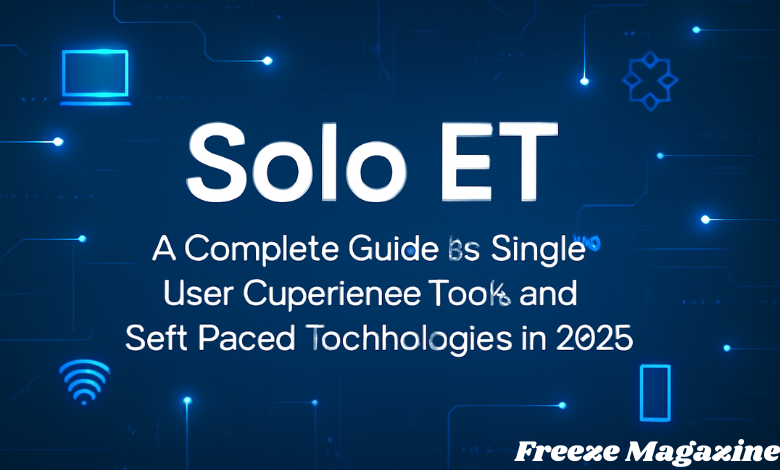Video&A: Exploring the Future of Interactive and Engaging Video Content
In the digital age, content consumption has evolved rapidly. We’ve transitioned from traditional television shows to platforms like YouTube, Instagram, and TikTok, where content is more personalized, dynamic, and engaging. However, as technology advances, so does the way we experience videos. Enter Video&A, a revolutionary format that’s shifting how we engage with video content.
What is Video&A?
The term Video&A may initially seem odd due to the unusual inclusion of an “&” symbol between “video” and “a.” While the ampersand simply stands for “and,” the real intrigue lies in what the “A” represents. The “A” in this context can stand for a variety of things—Answer, Action, or Audience—depending on how it’s used. However, the essence of Video&A is not just in the interpretation of the letter “A” but in the interactive nature of the format.
Video&A: An Interactive Video Experience
Traditional videos are passive. We watch them, we listen, and sometimes we comment. But in the world of Video&A, engagement is far more active. Think of it as a dual-channel experience, where you don’t simply observe, but also participate in the content. You can provide feedback, make choices, ask questions, or even guide the video’s direction, making it a unique experience for both the creator and the viewer.
How Does Video&A Work?
Unlike traditional video formats where the content flows in a linear, one-way direction, Video&A videos allow you to interact with the content. It combines traditional video footage with an interactive component that enables real-time engagement with the video. This is often achieved using various techniques, such as:
- Question and Answer (Q&A) Format: In a Video&A video, the viewer might be prompted to answer questions, which could impact how the content proceeds. For example, a video on customer service training could ask viewers to choose the most effective way to handle a customer issue, and based on their answer, the video would continue in a direction that aligns with their choice.
- Action-Based Engagement: Another variation of Video&A could be one where the viewer is encouraged to take specific actions during the video, such as choosing a certain path in an interactive story or engaging with embedded tools. This creates a more immersive and personalized experience, where viewers can shape the outcome of the content.
- Audience Interaction: Videos may include live feedback options, where viewers can participate in real-time, either by answering polls or responding to prompts that affect how the content unfolds. This interaction makes the video feel more like a conversation rather than a one-way broadcast.
Why is Video&A Important?
Video&A represents a new era in content creation and consumption, driven by audience participation. This format offers numerous advantages that traditional videos can’t provide:
- Personalized Experience: Each viewer’s interaction with the video can differ. Depending on their choices or actions, no two experiences are exactly alike. This leads to a more engaging, relevant, and memorable experience for viewers.
- Increased Engagement: Traditional videos can sometimes struggle to keep viewers’ attention, especially in an era where distractions are abundant. By involving the viewer directly, Video&A videos hold attention for longer periods, increasing engagement rates.
- Better Feedback and Insights: For creators or businesses, Video&A is a valuable tool for gathering real-time feedback. Whether it’s through questions, choices, or audience interactions, creators gain insights into their viewers’ preferences, making it easier to tailor future content.
- Improved Learning and Education: In educational contexts, Video&A can be used to create interactive learning experiences. Viewers can answer questions, make decisions, or engage with the content in ways that deepen their understanding of the material, making it more than just passive viewing.
Examples of Video&A in Practice
While Video&A is still in its early stages compared to other interactive technologies, there are several examples where this format is gaining traction:
- Interactive Storytelling: Popularized by platforms like Netflix, interactive movies and shows, such as Bandersnatch (a part of the Black Mirror series), let viewers control the direction of the narrative. Viewers can make decisions on behalf of the characters, directly impacting the storyline.
- Video-Based Learning: Online educational platforms, such as Coursera and Khan Academy, have begun integrating interactive elements into their videos, where learners can answer questions or take short quizzes in real-time to reinforce what they’ve learned.
- Corporate Training: Businesses are utilizing Video&A formats for employee training. Instead of merely watching a tutorial, employees can interact with the video content by responding to scenarios or making choices that reflect real-world situations, making the learning process more hands-on and effective.
- Product Demos and Tutorials: Companies are using Video&A to offer a more immersive product demonstration. Viewers may be asked about their needs or preferences, and based on their responses, the video will suggest specific products or features, thereby creating a customized shopping experience.
Challenges and Future Potential of Video&A
While Video&A offers numerous benefits, it does come with some challenges.
- Technical Limitations: Creating interactive videos requires more advanced technology and resources compared to traditional videos. For creators, this means additional time, effort, and investment in platforms or tools that can support these features.
- Viewer Resistance: Some viewers may be hesitant to engage with content actively, especially if it feels too demanding or disrupts the flow of entertainment. The key challenge is finding the balance between engagement and convenience.
- Content Overload: With the rise of interactivity, there’s a risk of overwhelming the viewer with too many options, leading to confusion or frustration. Content creators must ensure that the interactive elements enhance the experience rather than detract from it.
However, as technology continues to advance, it’s clear that the potential of Video&A will grow. Future developments may include better integration with augmented reality (AR) and virtual reality (VR), allowing for even more immersive experiences. Additionally, platforms may refine the interactive elements to be more seamless, intuitive, and rewarding for users.
Conclusion: The Future of Video&A
Video&A represents a significant shift in how we interact with video content. It allows for a dynamic, dual-channel experience where the viewer isn’t just a passive observer but an active participant. Whether used for storytelling, learning, or business engagement, Video&A has the potential to change how we consume and create content in the years to come.
As technology continues to advance, and as audiences seek more engaging and personalized experiences, Video&A is set to be a dominant force in the video content space. The next step will be for creators and platforms to experiment, innovate, and refine the interactive video experience for a more connected, immersive future.



Post Comment